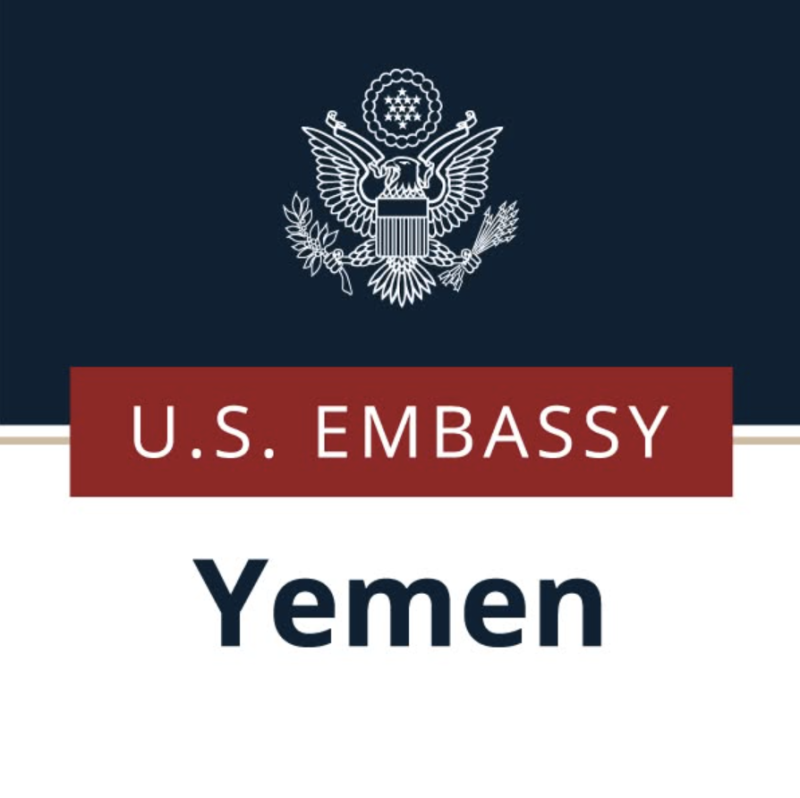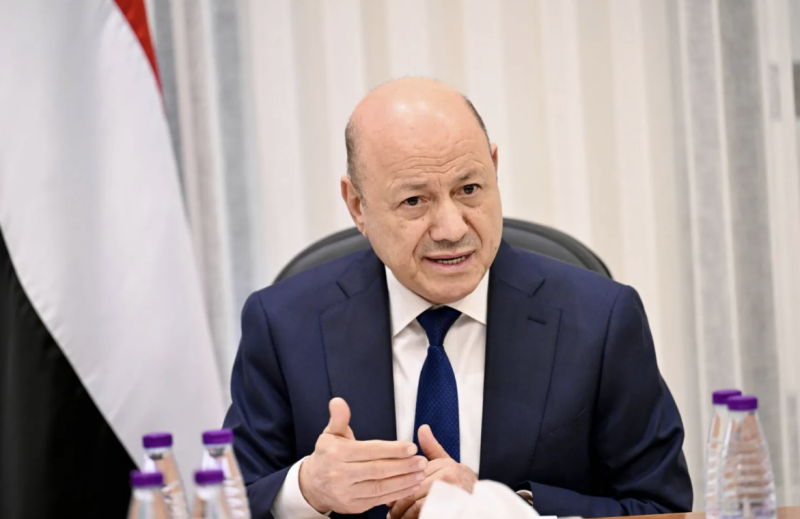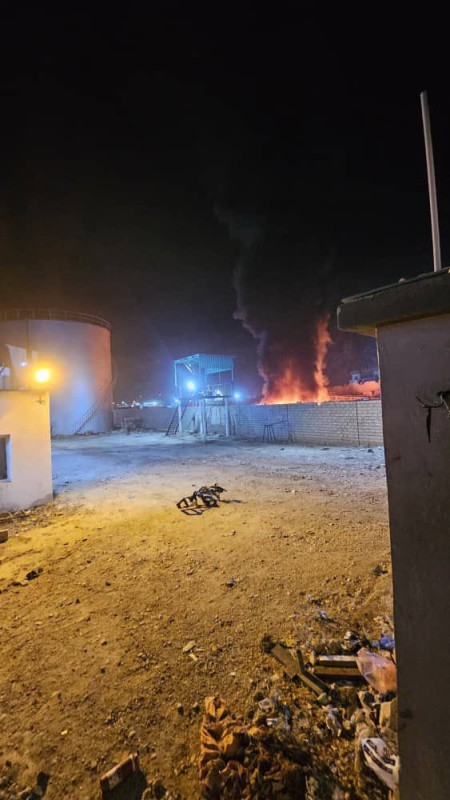Devices Seized in Yemen Raid Offer Some Clues to Qaeda Tactics


WASHINGTON — Computers and cellphones seized during a deadly Special Operations raid in Yemen in January offer clues about attacks Al Qaeda could carry out in the future, including insights into new types of hidden explosives the group is making and new training tactics for militants, according to American officials.
But it is still unclear how much the information advances the military’s knowledge of the plans and future operations of Al Qaeda’s branch in Yemen, although it may give a glimpse of its evolving tactics, the officials said.
The Trump administration has been eager to defend itself against assertions that the raid of a Qaeda safe house, in which a member of the Navy’s SEAL Team 6 was killed, was a failure because little meaningful intelligence material was seized. A military investigation was also ordered to determine whether women and children died in the raid.
In his address to Congress on Tuesday, President Trump called the raid “highly successful” and said Defense Secretary Jim Mattis had assured him that it had yielded “large amounts of vital intelligence that will lead to many more victories in the future against our enemy.”
Continue reading the main story
The raid is a delicate issue in the Trump administration because the president authorized it five days into office, over dinner at the White House with Mr. Mattis and several other senior officials. But in an interview with “Fox & Friends” on Tuesday, Mr. Trump seemed to distance himself from the operation, saying that responsibility for the decision to go forward rested with his generals. “This was something that was, you know, just, they wanted to do,” he said.
The information contained in the cellphones, laptop computers and other materials scooped up in the raid is still being analyzed, but it has not yet revealed any specific plots, and it has not led to any strikes against Qaeda militants in Yemen or elsewhere, officials said.
American counterterrorism officials say the Qaeda wing in Yemen is one of the deadliest in the world and poses the most immediate threat to the American homeland, having tried unsuccessfully to carry out three airliner attacks over the United States.
Yet analysts caution that information about the group and its plots was substantially curtailed when American advisers withdrew from Yemen in March 2015 after Houthi rebels ousted the government of President Abdu Rabbu Mansour Hadi, the United States’ main counterterrorism partner.
Commanders have said the potential of recovering a trove of new information about the group and its operations justified the risks to the American commandos.
The death of the SEAL team member — Chief Petty Officer William Owens, known as Ryan — on Jan. 29, in the first Special Operations raid approved by Mr. Trump, came after a chain of miscues and misjudgments that plunged the elite forces into a ferocious 50-minute firefight with Qaeda militants in a mountainous village in central Yemen. Three other Americans were wounded, and a $75 million aircraft was deliberately destroyed.
A month later, even as the White House and the Pentagon stoutly defend the mission, influential members of Congress are increasingly asking questions about what went wrong and why.
“Given the public’s concerns about the raid’s costs and other media reports about the raid, the administration has an obligation to disclose support for this claim,” said Senator Ron Wyden, an Oregon Democrat and one of half a dozen members of the Intelligence Committee interviewed for this article.
Even supporters of the White House position say the information recovered thus far is not conclusive. “I believe the material is valuable, but having said that, of course, a lot of it depends on how it plays out over time,” said Senator Jim Risch, an Idaho Republican on the committee.
Senator John McCain, an Arizona Republican who leads the Armed Services Committee, said in an interview that no one was disputing Chief Owens’s heroism. However, he said, a Navy commando died, others were injured, and women and children were killed. “That’s not a success, in my view,” Mr. McCain said.
The United States Central Command is conducting one investigation into the operation itself and another into the reports of civilian casualties, including the 8-year-old daughter of Anwar al-Awlaki, the American-born Qaeda leader who was killed in a targeted drone strike in 2011.
Reprieve, a London-based human rights group that has interviewed residents in Yakla, the remote village where the raid occurred, said Wednesday that it had documented 23 civilian deaths in the operation, including 10 children.
Chief Owens’s father, Bill Owens, has been among the most vocal critics of the mission and refused to meet with Mr. Trump the day his son’s body was returned to the United States. “Why, at this time, did there have to be this stupid mission when it wasn’t even barely a week into his administration?” Mr. Owens asked in an interview published on Feb. 26 in The Miami Herald, recalling his reaction to the news of his son’s death. “Why?”
The preliminary intelligence findings from the raid are contained in a three-page classified document presented to Mr. Mattis. The findings, some of which were first reported by The Associated Press, included new explosives developed by Al Qaeda in the Arabian Peninsula, or AQAP. The group has specialized in developing nonmetallic bombs that can be inserted into body cavities to avoid detection. Other new insights concern Al Qaeda’s regional and global network, and training techniques that give clues to attacks it could carry out in the future.
Central Command has offered a more nuanced assessment of the information gained from the recovered materials than the assertions from Mr. Trump and his representatives.
On Feb. 1, Sean Spicer, the White House press secretary, said the raid had “gathered an unbelievable amount of intelligence that will prevent the potential deaths or attacks on American soil.” Last Sunday, his deputy, Sarah Huckabee Sanders, said the mission “did yield a substantial amount of very important intel and resources that helped save American lives and other lives.”
Col. John J. Thomas, a spokesman for Central Command, responded this week to criticism about the information’s significance, writing in an email: “The information that was gathered is part of an ongoing effort to build our understanding of AQAP. We’re not expecting to find any particular fact or puzzle piece. We were looking to build our understanding of an enemy who exports and inspires terrorist acts around the world.”
At the core of the Trump administration’s sensitivity about the raid are two questions: Was it worth the life of a decorated member of the Navy SEALs? And, if the process of vetting the operation had been more thorough than a dinner discussion, would it have alerted the new president to the potential hazards for the American commandos and the risks of civilian casualties?
According to Defense Department and administration officials, the process for approving the operation was unusual. The dinner preceded a meeting of Mr. Trump’s top national security deputies at which the operation was one of several topics, and at which it was discussed with the knowledge that Mr. Trump had already approved it.
The White House says that Mr. Trump’s dinnertime conversation was as thorough as any that would have taken place under more formal circumstances.
Eric Pelofsky, a senior official under President Barack Obama, questioned Mr. Trump and his aides’ approving the raid over dinner, rather than through the more deliberative process used in previous Democratic and Republican administrations.
“In the Obama administration, the N.S.C. process considering this operation would likely have discussed contingencies and circumstances that could damage our broader counterterrorism cooperation with the Yemeni government,” Mr. Pelofsky, who was the National Security Council’s senior director for North Africa and Yemen until mid-January, said Wednesday.
Administration officials said Mr. Trump was highly sensitive to reports that the mission had yielded little, and there was a scramble before his speech Tuesday night to come up with a way of defending it, including having Chief Owens’s widow, Carryn Owens, in the gallery. She received the most sustained applause of the entire evening, often looking to the ceiling as if she were talking with her deceased husband.
NY Times

Washington – The United States has voiced concern over recent developments in southeastern Yemen, stressing the importance of avoiding any st…

Riyadh --  Yemen’s Presidential Leadership Council Chairman, Rashad al-Alimi, announced on Tuesday a nationwide state of emergency, effe…

 Mukalla – The Saudi-led Arab Coalition has requested the immediate evacuation of civilians from Mukalla Port in Hadramout province.&nbs…